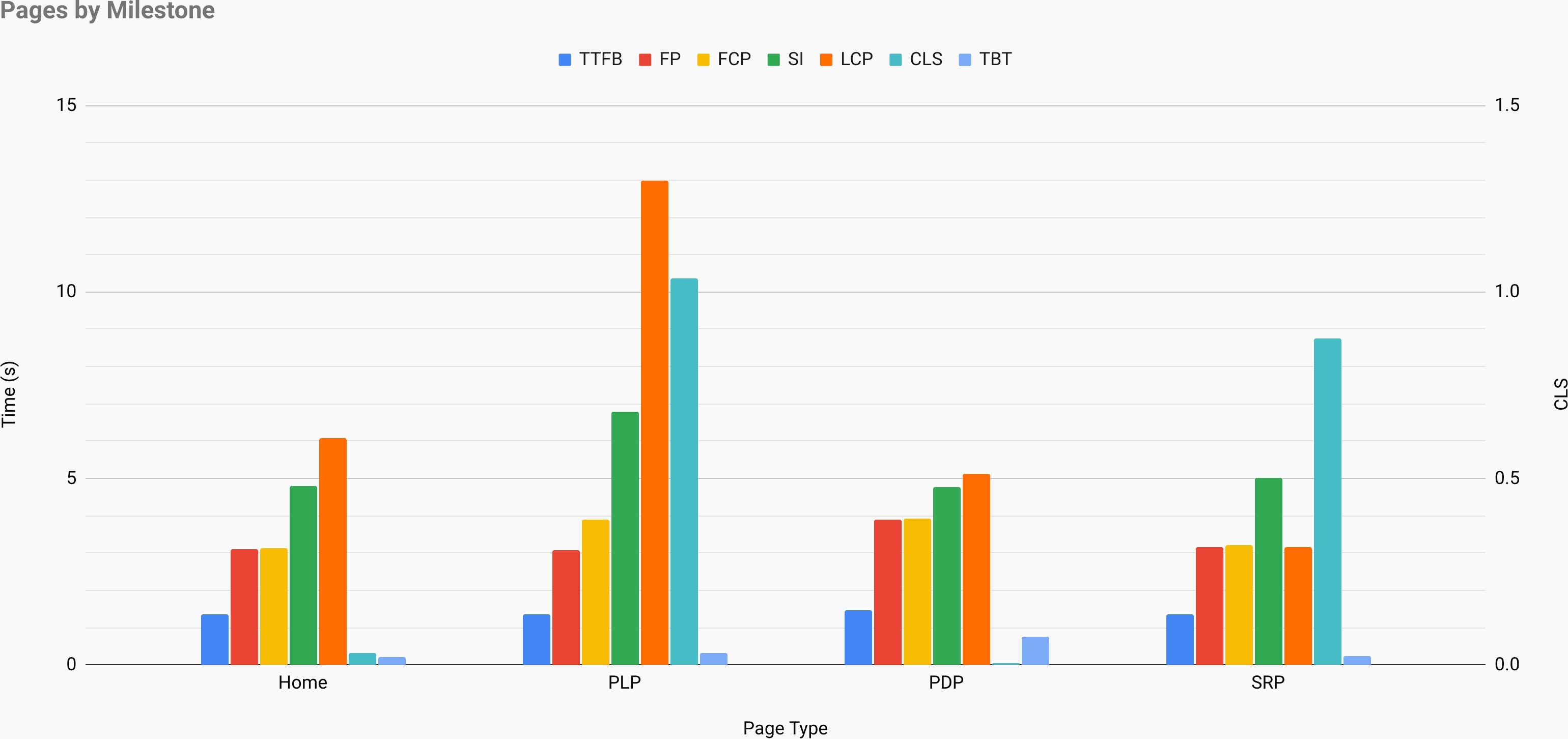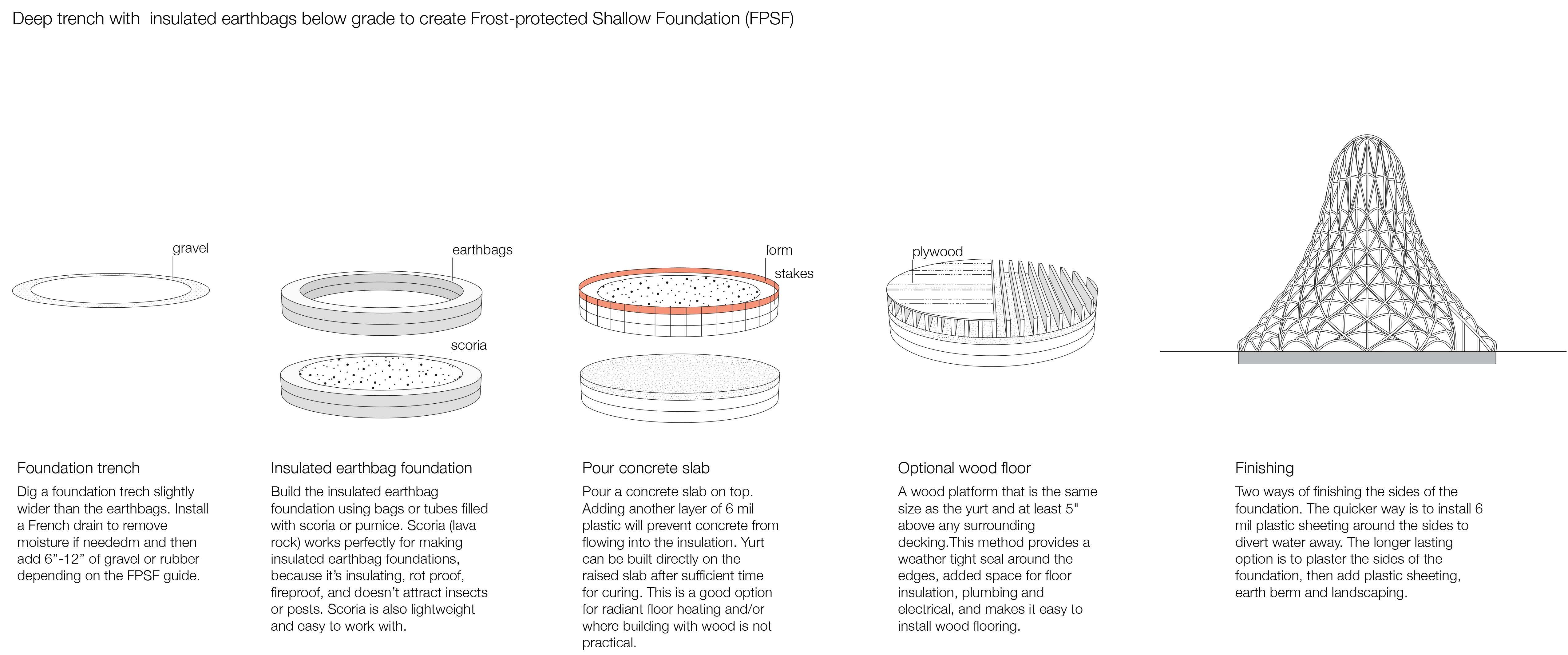

You can see that the text for Project Name has been set to red using the text formatting tools. Click the Apply button to view the results. Step 10: Use the text formatting tools to format the text for the contents of section 2 (see red arrow). Click the drop-down list at the bottom left to pick Project Name (see red arrow). Step 9: In section 2, select Text/Logo (see yellow arrow) to identify the desired contents. We would like to display the Project Name in addition to the Layout Name and would also like the Project Name to be displayed as red text. Currently, the 2 nd section is set to display the Layout Name (see Red arrow). Step 8: Let’s work on the 2 nd Section of the Header. Notice that the logo is now more prominent. Step 7: Increase the Header height to 1 and click Apply to view the result.

Notice that the logo is barely visible (see green arrow below) because the Header height is only. Click the Apply button on the right to preview the layout with the new modifications. Step 6: Use the browse button to select the filename of the logo (see yellow arrow). To insert the logo into section 1, click the drop-down list for section 1 and select Picture (see red arrow below), We will put a logo in the first section, insert the Project Name & Layout Name in the second section, and the Date/Time in the third section. In our example, we will divide the Header into 3 sections. You can also identify on which pages you would like to include the Header, as well as the height of the Header. You can divide the header (see yellow arrow) into up to 5 sections and can control the contents of each section. Step 5: The Header tab enables you to select the appearance of the Header. Step 4: The Margins tab allows you to establish the top, bottom, left and right margins. The first tab is the Page tab, which can be used to select page orientation, scaling and paper size. “Page Setup” consists of 5 tabs, and we will review each of those tabs. Step 3: We will access the “Page Setup” option, which is the first icon from the left. Step 2: In the Print Preview Dialog Box, you can use the toolbar at the top left to access various print/view options. Click the Print Preview icon on the toolbar (see yellow arrow). The Gantt chart includes both current and baseline bars. This layout includes the Activity Table on the left and the Gantt chart on the right. The layout displayed below is: X – Current vs. Step 1: Open the layout that you want to print using the Layout Options Bar. This Primavera P6 training tutorial addresses the procedures for printing the Layouts once you have customized them to your needs. The Layout Options Bar enables you to customize/incorporate the following (in addition to other options): The Layout Options Bar is located in the Activities Window. The Layout Options Bar is used to create customized layouts that fulfill your project reporting requirements. Did you know that you can customize the display of schedule information by using the Layout Options Bar? Schedules are tough to read and all members of the project team can benefit from an easier way to interpret their schedules. Layouts are customizable views of project information and are the primary method for printing Gantt Charts, Profiles, Spreadsheets, and Trace Logic views.


Primavera P6 provides the ability to display project schedule information using “Layouts”.


 0 kommentar(er)
0 kommentar(er)
